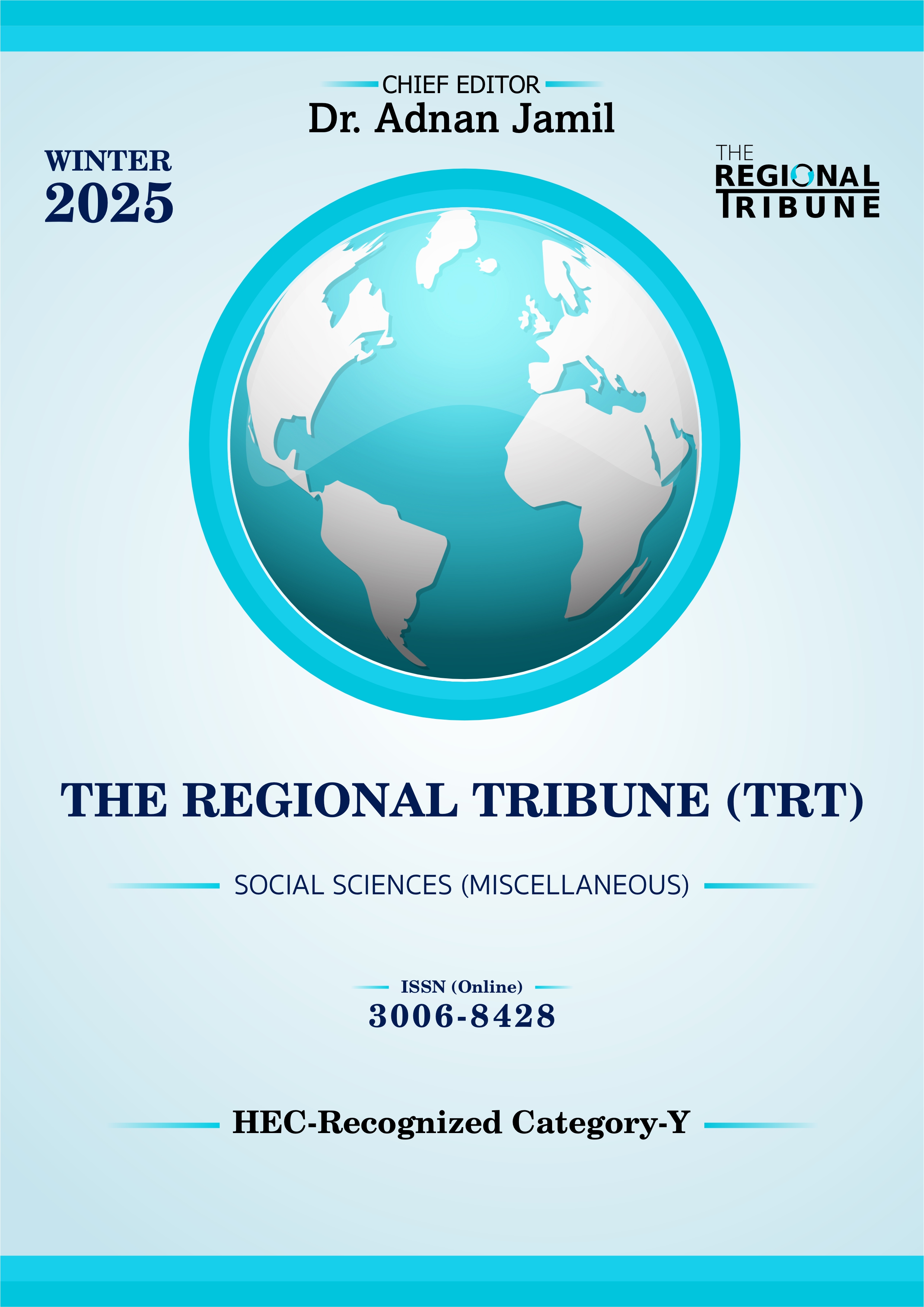The Social Media Engagement of Islamabad Traffic Police in Crisis Situations: A Case Study of 2024
DOI:
https://doi.org/10.63062/trt/WR25.087Keywords:
Crisis Communication, Traffic Disruption, Traffic Police, Social Media Strategies, Qualitative Content Analysis, IslamabadAbstract
This research examines how the Islamabad Traffic Police (ITP) utilized Facebook in 2024 to manage traffic during crisis situations like VIP movements, protests, foreign delegations, and national events (i.e. Independence and Defense Days). The year 2024 has almost all sorts of events that can cause traffic congestion issues, the recent completed year, and Facebook posts are easily available. Through qualitative content analysis of 2,309 Facebook posts, the study identifies key communication strategies employed during disruptive events. Findings reveal that ITP's crisis communication on Facebook was largely effective, particularly through real-time updates and the use of visual content—videos in Urdu and infographics—which significantly enhanced public awareness and traffic management. Insights from interviews with the ITP social media team confirm that Facebook and TikTok are their most effective and active platforms for audience engagement. The shift from traditional to digital media has improved their ability to disseminate information and receive public feedback during emergencies. However, the study also notes areas for improvement, including the need for greater two-way communication, clearer protocols, and more localized messaging. This research highlights the critical and evolving role of social media in urban traffic crisis management and offers practical recommendations to enhance digital communication strategies.
References
Akkaya, C., Fedorowicz, J., & Krcmar, H. (2019). Successful practices for using social media by police departments: a case study of the Munich police. https://core.ac.uk/download/pdf/301379407.pdf
Khan, I., Ali, A., Waqas, T., Ullah, S., Ullah, S., Shah, A. A., & Imran, S. (2022). Investing in disaster relief and recovery: A reactive approach of disaster management in Pakistan. International Journal of Disaster Risk Reduction, 75, 102975. https://doi.org/10.1016/j.ijdrr.2022.102975
Das, S., Trisha, N. F., Sener, I. N., & Walk, M. J. (2022). Uses of Social Media in Public Transportation. In Transportation Research Board eBooks. https://doi.org/10.17226/26451
Mojanoski, C. T. (2012). Police Science or Sence about Police? - UKLO Repository. Uklo.edu.mk, ii. https://eprints.uklo.edu.mk/id/eprint/886/1/fs_file%3Dcollection%252FZbornik%2520na%2520trudovi%2520Ohrid%25202012%2520Kniga%2520I.pdf
Jungblut, M., Kümpel, A. S., & Steer, R. (2022). Social media use of the police in crisis situations: a mixed-method study on communication practices of the german police. New Media & Society, 26(8), 4647–4668. https://doi.org/10.1177/14614448221127899
Kuryvchak, S. V. (2024). Improving the interaction of national police bodies with the public in crisis derivation conditions. Efficiency of Public Administration, 78/79, 59–65. https://doi.org/10.36930/507809
Lamberti, R. (2016). Police Use of Social Media During a Crisis. Journal of Professional Communication, 5(1). https://doi.org/10.15173/jpc.v5i1.2605
Moktadir, Md. A., Dwivedi, A., Khan, N. S., Paul, S. K., Khan, S. A., Ahmed, S., & Sultana, R. (2020). Analysis of risk factors in sustainable supply chain management in an emerging economy of leather industry. Journal of Cleaner Production, 283, 124641. https://doi.org/10.1016/j.jclepro.2020.124641
Rahman, H., & Hussain, Md. I. (2020). A comprehensive survey on semantic interoperability for Internet of Things: State‐of‐the‐art and research challenges. Transactions on Emerging Telecommunications Technologies, 31(12). https://doi.org/10.1002/ett.3902
Shaulin, N., & Faeique, A. (2023). Role of Traffic Police in Managing Traffic in Dhaka City: Challenges and The Ways Forward. Indonesian Journal of Social Research (IJSR), 5(2), 132–141. https://doi.org/10.30997/ijsr.v5i2.322
Singh, A. (2016). Delhi traffic police: social media for better traffic management. Emerald Emerging Markets Case Studies, 6(1), 1–17. https://doi.org/10.1108/eemcs-06-2015-0152
Steele, J. L., & Blau, N. (2023). An Analysis of Police Department Crisis Communication via Social Media. Police Quarterly, 26(4), 520–544. https://doi.org/10.1177/10986111221150505
Tang, G., & Leung, D. K. K. (2024). Normalization of crisis communication in post-crisis times: examining the Facebook page of Hong Kong police force during and after radical protests. Policing and Society, 34(10), 1074–1090. https://doi.org/10.1080/10439463.2024.2363922
Bhattacharjee, T. (2018). Use of New Media as a Tool of Public Relations: The Delhi Traffic Police Case Study. Journal of Advanced Research in Journalism & Mass Communication, 05(03), 26–32. https://doi.org/10.24321/2395.3810.201811
Downloads
Published
Issue
Section
License

This work is licensed under a Creative Commons Attribution-NonCommercial 4.0 International License.



